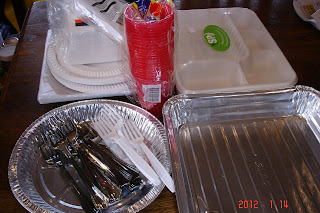When I was a
child growing up in tropical Singapore, I thought of Christmas in the western
countries and thought of snow and even put cotton-wool on the Christmas tree to
duplicate snow. But now I am living in a western country like Australia there are still major
differences between the stereotypical Christmas and an Australian Christmas. Australian
Christmases are quite different from the rest of the western world.
While Christmas
in the northern hemisphere may be accompanied by snow, Christmas in Australia
is accompanied by plenty of sunshine. Christmas is celebrated here during the Sothern
hemisphere summer and temperatures on Christmas can sometimes reach over 40
degrees Centigrade. Instead of building snowmen on Christmas day, Australian
children may actually go swimming and surfing in the sea.
Storms at times play
a major role in Christmas around the world, and the same can be said for
Australia, just different kinds of storms. While some European countries may be
blanketed with snow, Australia could be getting rain, or worse. In the past,
Christmases in Australia have provided floods, hailstorms, brush-fires, and
cyclones. In terms of weather, the worst Christmas in Australia had to be Christmas
1974. On that day, Cyclone Tracy tore through Darwin, in the Northern Territory
flattened nearly every house on its path.
Due to the hot
weather at this time of the year, we normally make our Christmas wreath at the
very last moment. This morning, my wife Jo made an eco-friendly wreath from
reusable materials that most of you probably have lying around the house.
With some pine branches, pinecones and some recycled Christmas decorations she weaved them together and turn them into a Christmas wreath just to add that special touch to our front door to greet our visitors during this festive season.
With some pine branches, pinecones and some recycled Christmas decorations she weaved them together and turn them into a Christmas wreath just to add that special touch to our front door to greet our visitors during this festive season.

































